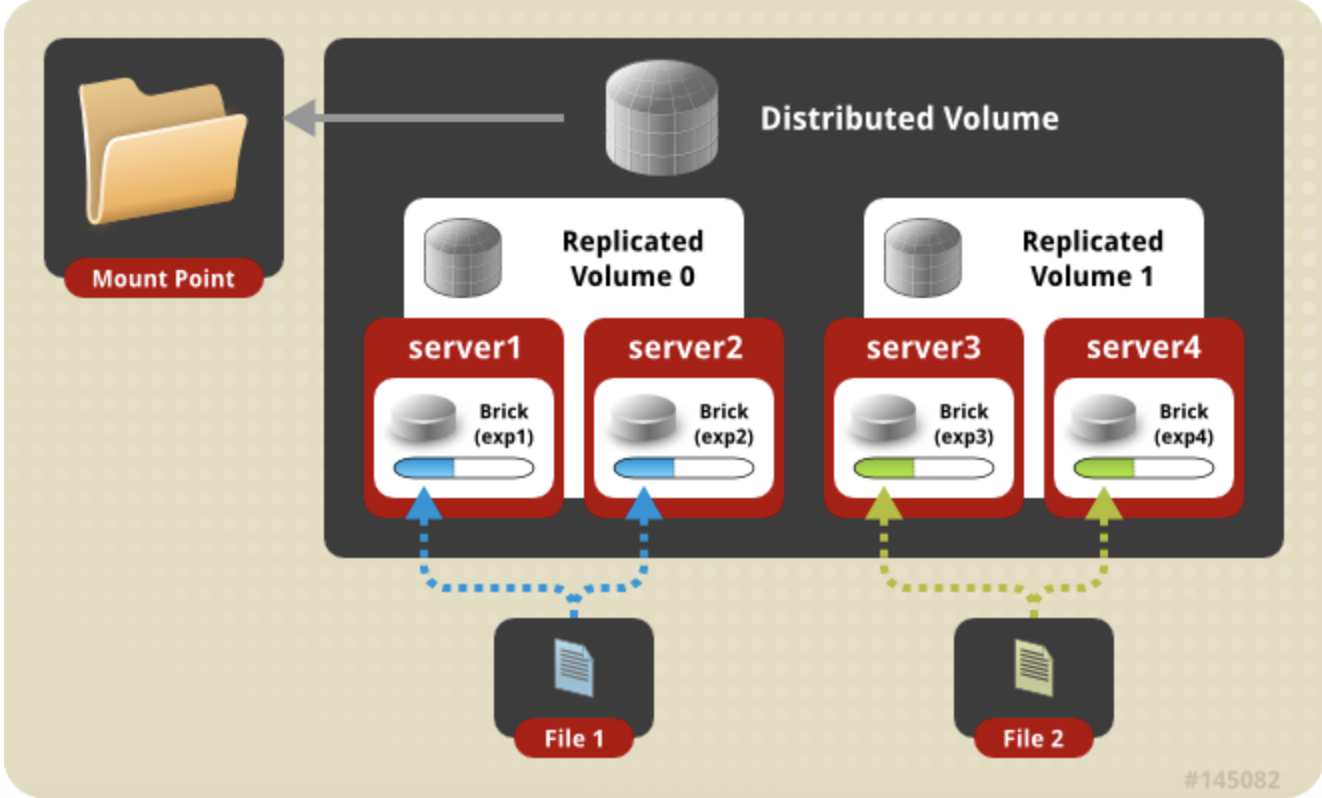Gluster FS is a scalable, distributed file system that aggregates disk storage resources from multiple servers into a single global namespace.
Advantages
Gluster FS Architecture:

Setup GlusterFS Cluster in Oracle Cloud Infrastructure
Setting up OCI Virtual Machine Instances
Your Vision, Our Expertise
Elevating Your Software Product Engineering Journey with Vast Edge
Instance Port Configuration
Open the below ports using security rules in both subnet security lists as well the server firewall if it is enabled
111 - 24007 GlusterFS Daemon
24008 - GlusterFS Management
38465 to 38467 - GlusterFS NFS service
49152 to 60000 - Depends on number of bricks
If you are using Oracle Linux, then follow below additional steps highlighted in purple else skip this one
Create Mount points for OCI Block storage volumes
sudo mkfs -t xfs /dev/sdb
You need to do the following in both the OCI virtual machine instances. Format the volume to xfs.sdb is the name of the oci block storage volumes. You can list the available devices using lsblk command.
Create a mount directory named /gshare and mount the formatted volume
sudo mkdir /gshare sudo mount /share /dev/sdb
Add the mount to /etc/fstab
/dev/sdb /gshare xfs defaults,nofail 0
GlusterFS installation on Virtual machine instances
You need to perform the steps below on both virtual machine instances
GlusterFS Client Configuration
The data will be replicated if you are writing from the GlusterFS client. You can mount the GlusterFS volume to any number of clients. A client machine is not part of the glusterFS cluster. It is the machine in which you want to mount the replicated volume.